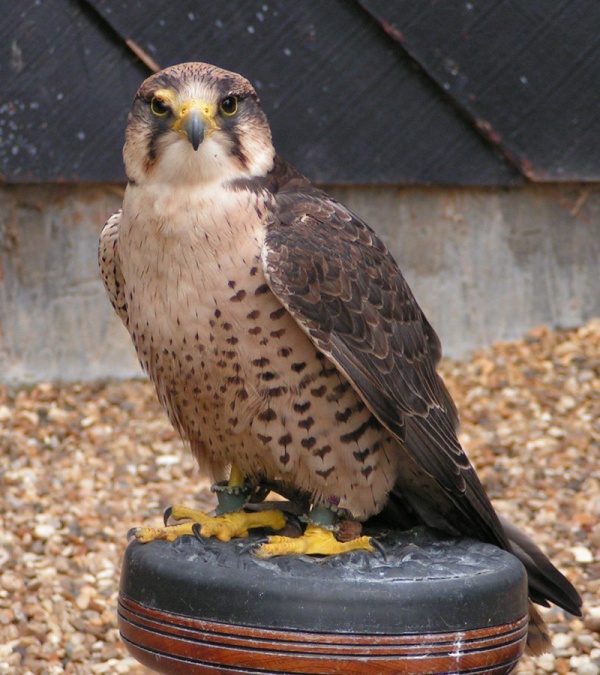Facts About Lanner falcon
The lanner falcon is a medium-sized bird of prey found in Africa, Southeast Europe, and parts of Asia. It thrives in open habitats and primarily hunts birds and bats. This captivating species was first described by Coenraad Jacob Temminck in 1825 and is scientifically designated as Falco biarmicus. There are five recognized subspecies of the lanner falcon, each distributed uniquely across Africa, Europe, and Asia.
The lanner falcon is relatively large, with a wingspan ranging from 95 to 105 cm and a body length of 43 to 50 cm. Its coloration varies by subspecies; European lanner falcons typically exhibit slate grey or brown-grey upperparts, while African variants are usually a paler blue-grey. Their call is distinctively harsh, often described as a "wray-e."
These falcons favor open landscapes and savannas, where they hunt by flying horizontally rather than diving from great heights, as peregrine falcons do. For nesting, they usually lay three to four eggs on cliff ledges, though they occasionally use old stick nests in trees.
In captivity, lanner falcons are frequently bred for falconry, and hybrids with peregrine falcons, known as "perilanners" are common. While wild populations are declining in Europe, they remain relatively abundant in parts of Africa. Notably, in Ethiopia, lanner falcons assist in controlling pest rodents and have been observed hunting in coordinated pairs, particularly targeting jackdaw flocks. In Africa and Israel, it's not unusual to see them hunting bats.

 South Africa
South Africa